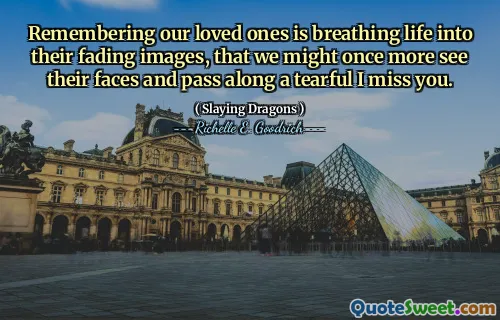Slowly, painfully, I let go. It was like prying my own fingers off the edge of the cliff. And that hurt too-particularly the falling part, and not being sure what was at the bottom.But I did know. was what was at the bottom. I was already there.
The passage expresses a deep emotional struggle as the narrator grapples with the process of letting go. This act is likened to the difficulty of prying one's fingers from a cliff's edge, highlighting the pain and fear associated with surrendering to change. The fear of the unknown and the inherent risks involved in taking that leap are vividly depicted, making the reader acutely aware of the internal conflict the narrator faces.
Despite the trepidation surrounding the act of letting go, the narrator ultimately realizes that they are already familiar with the outcome. This acknowledgment brings a sense of clarity, suggesting that what lies at the bottom is not entirely foreign but rather an acceptance of their current state. It captures a powerful moment of self-awareness and resilience amidst the struggles of facing change and the emotional fallout that accompanies it.





